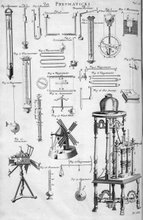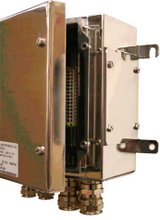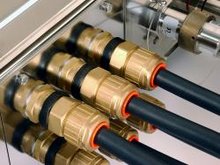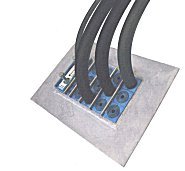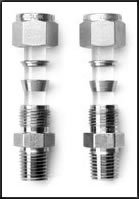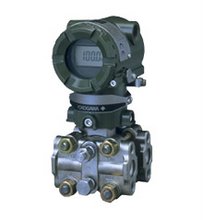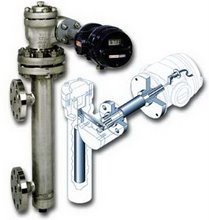Your qualifications may get you a job, but good performance is what makes a successful career
THE job market has traditionally rewarded those who have made the extra effort in school with higher compensation and better opportunities for advancement.
But there are signs that this attitude may be changing. As the expression goes, “one’s qualifications (ability) get one hired, yet one’s performance (attitude) results in one being fired”.
It is crucial to understand that possessing good qualifications is a prerequisite for any career to soar.
But it is your attitude towards your job, colleagues, clients and superiors that is a far more important and accurate determinant-of performance and advancement.
The lack of professionalism at work is not easily raised and discussed as it involves the emotional intelligence of the person.
Superiors generally gloss over these issues and simply do not promote the individual.
REALITY CHECK
To take your career sky-high, your first challenge is to do a reality check. Ask yourself:
• How much am I doing to keep abreast of developments in my field?
• How much am I investing in my own development?
• How competent am I when engaging with others?
• What is my overall attitude to those whom I serve, work with and report to?
BENEFITS OF WORK
The workplace offers intrinsic benefits like career development, in terms of skills learned, social interactions, financial discipline plus other core skills such as computer literacy. It also offers opportunities for personal development. Ask potential employers about their attitudes and practices toward training, promotions, exposure to travel and new situations, job rotation and performance appraisals. These aspects of employment will develop your skills and nurture your chaiacter. Together, these will ultimately help you carve a career that “knows no limits”.
Seek out companies with a great working environment as it cultivates in you a sense of respect and dignity, irrespective of your rank.
CAREER OR JOB?
What differentiates a career from a job? A career is viewed from a long-term perspective. It involves making an investment that over time is expected to yield rewards. On the other hand, a job is more transient and refers to the role you currently occupy. It is driven by the attitude of “what’s in it for me?” Great careers create a sense of passion and pride in people. When you make the-size of - the wage p?cket a priority, you usually sacrifice other important and beneficial aspects of the job that are crucial for your ‘development and progress.
TAKING RISKS
If you are looking for a career that has no limits, you must be willing to take some risks. Careers that are fulfilling and exciting involve challenges, taking responsibility, being empowered, being accountable and, where necessary, taking appropriate risks.
Many people look for positions that are secure and pay a reasonable wage, and are then content to go with the flow. The trouble with most streams is that they flow downwards.
Instead, Look for employment that forces you to swim against the tide, make you think, and allows you the opportunity to engage with others who are different and even difficult.
WHAT’S YOUR VISION?
Write down a three-year plan of how you want to develop.
• Your career -what are your personal aspirations and hopes regarding promotions and increased authority?
• Academic skills - what courses and types of training will further enhance your hard skills?
•Social skills and network how will you expand your circle of friends and contacts as well building skills?
• Your finances - what are your objectives and how will you achieve them?
LOOK INTO THE FUTURE
Finally, to turn your hopes and dreams into reality you need to reflect on where you want to see yourself in the next three years. Your plan provides a road map of the way forward you have to do the driving.
Not everything will work according to plan, but at least you have a blueprint that tells you when you are going off course. This gives you a head start over others who do not have a clue where they are going.
Source: ST/ANN
• Article by Steve Murphy, associate director; Training Edge international.
• For more on jobs, please refer to category 515 in Metro Classifleds and StarJobs in / StarTwo.










